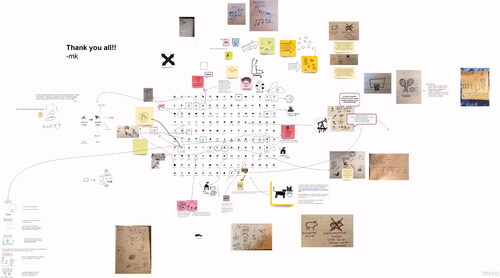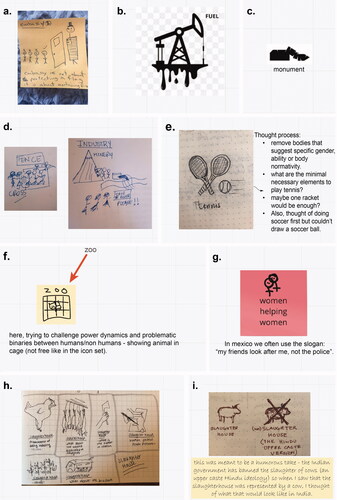Figures & data
Figure 1 Two imaginary examples of small multiples, a traditional thematic mapping technique commonly used to compare spatial phenomenon including the same variable over time (see top example in purple) or multiple variables over space (see bottom example in purple, orange, and green).
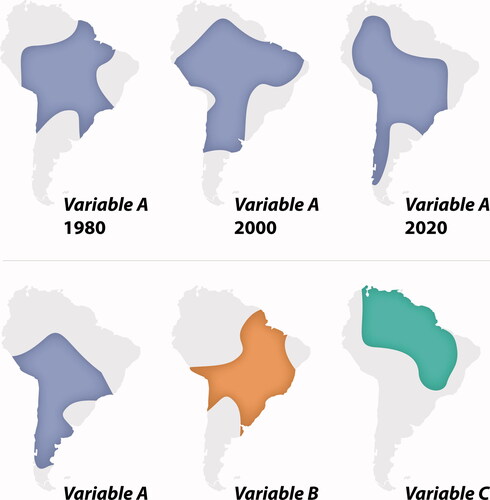
Figure 2 Galleries of possibilities take many forms. These examples illustrate various configurations with a series of black boxes (i.e., maps or visualizations), squiggly lines (i.e., annotations and context), and arrows (i.e., dynamic media like Miro Boards). Further, the five core elements of each gallery are detailed to illuminate and inspire alternative possibilities.
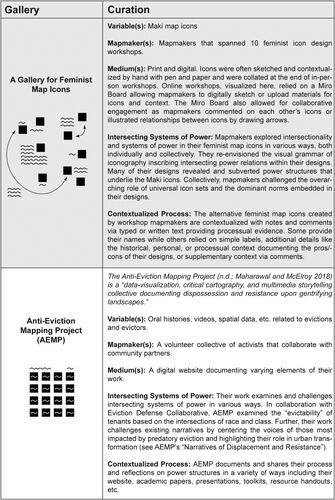
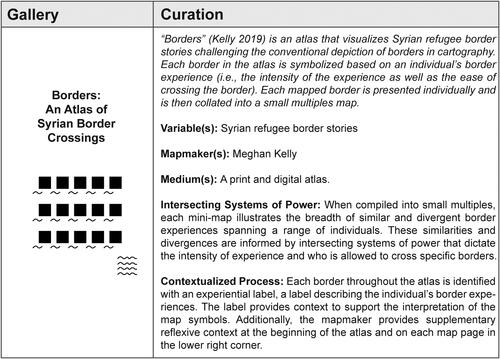
Figure 3 The Maki icon set is an open source icon set available for mapmakers. The icons were reproduced here following “CC0 1.0 Universal” status.
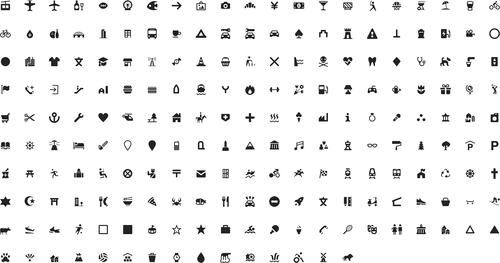
Figure 4 A Miro Board or virtual maker space was used during a feminist icon design workshop to collectively reenvision the Maki icon set. Taken as a whole, the Miro Board serves as a gallery of possibilities by bringing many variables (i.e., icons) into one frame or display. Each icon is also contextualized with notes, reflections, and comments via text providing processual evidence.
